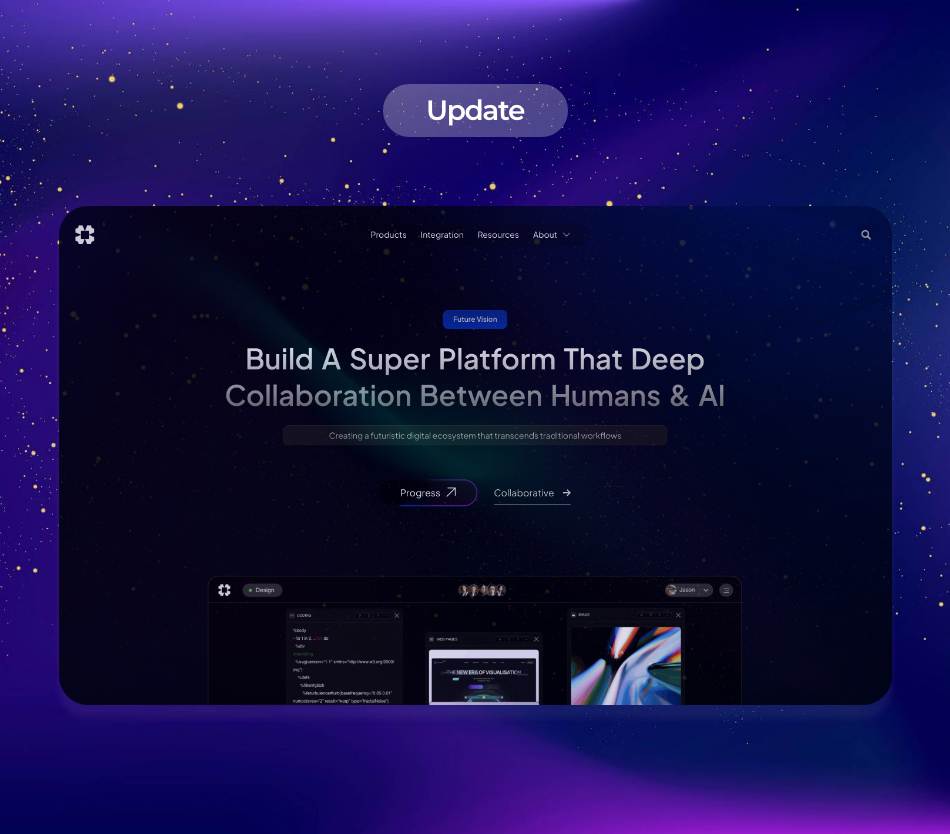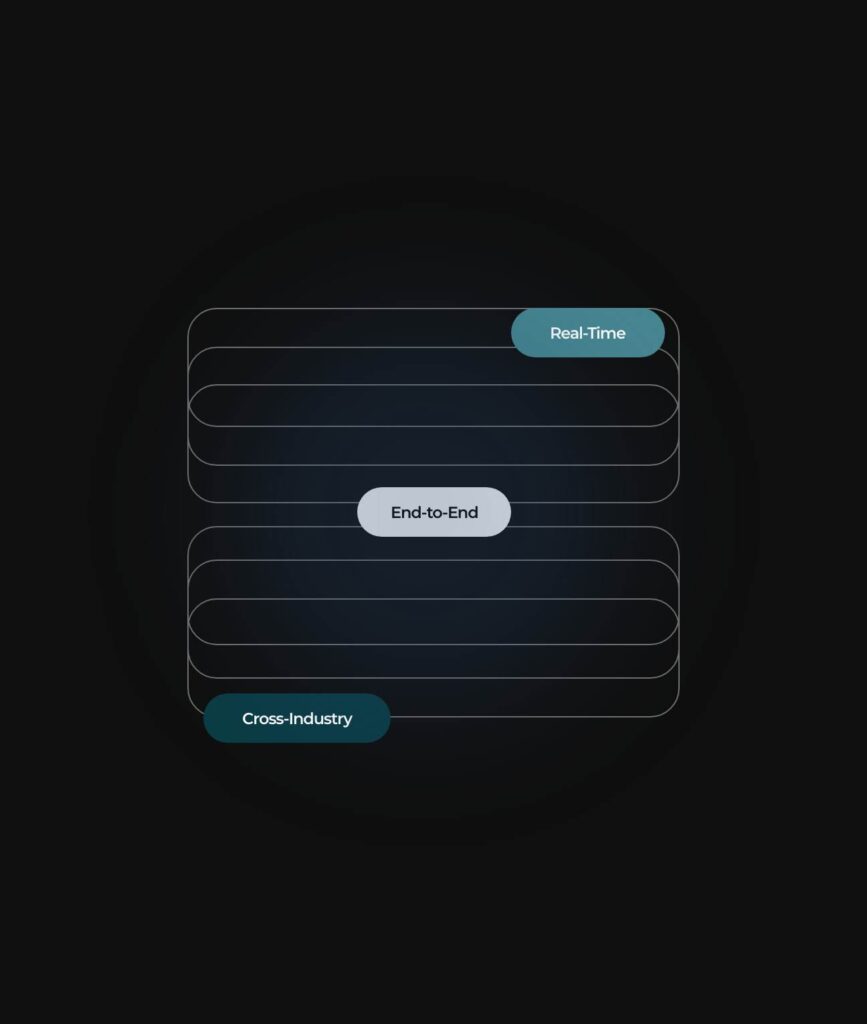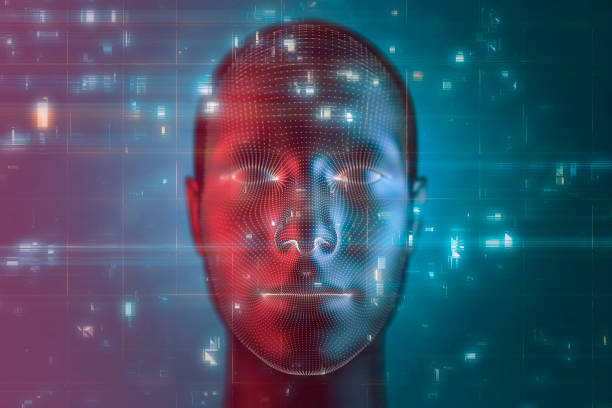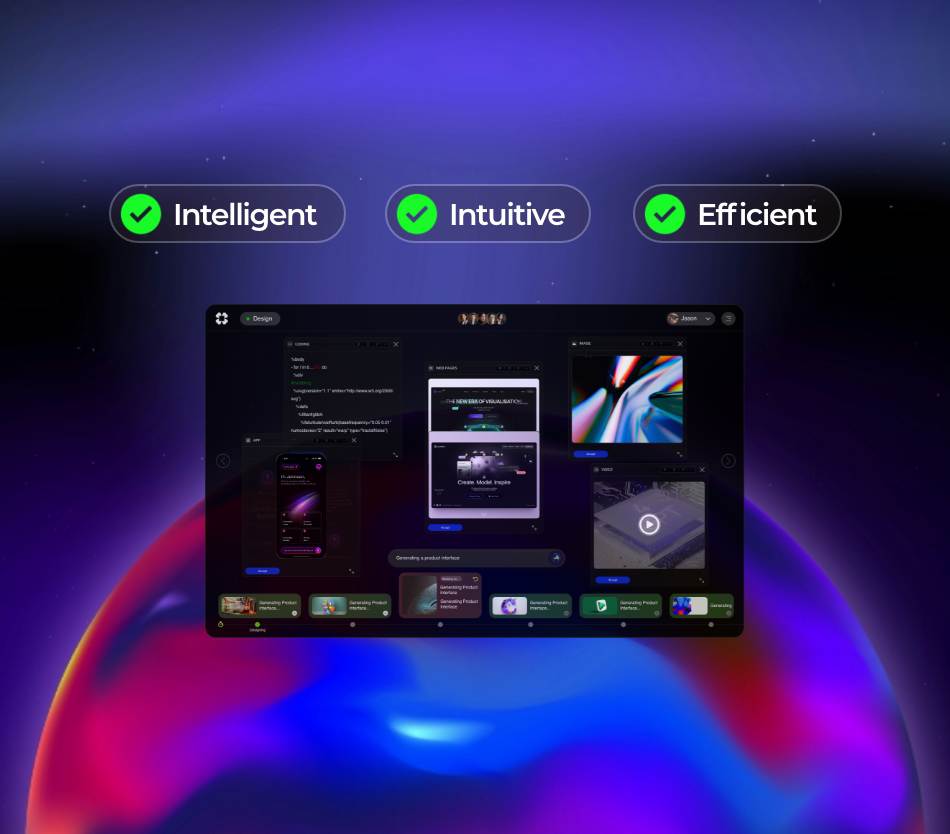In the fast-evolving landscape of Artificial Intelligence (AI), 2024 has seen an influx of groundbreaking advancements, innovative tools, and transformative applications across various industries. From new large models like Google’s Gemini 1.5 Pro to specialized technologies aiming to enhance functionality in sectors such as healthcare, business automation, and education, the developments have been nothing short of remarkable. This article delves into these advancements, highlighting their features and implications for the future.
AI for Health Education
One of the most significant advancements in AI this year has been Google’s release of Gemini 1.5 Pro, a large multimodal model boasting extended context understanding capabilities. Gemini 1.5 Pro not only processes text but also understands images and video inputs, allowing it to deliver nuanced responses based on a combination of information types. This feature is particularly beneficial for health education, where complex concepts often require visual illustrations in conjunction with detailed explanations.
Several universities and medical institutions have begun integrating Gemini 1.5 Pro into their educational platforms. For instance, the University of California has started using the model in its medical training programs, where it assists students in diagnosing virtual patients, interpreting medical images, and providing interactive learning experiences. By incorporating AI in healthcare education, future practitioners can hone their skills and deepen their understanding of medical challenges in a risk-free environment.
Moreover, Gemini 1.5 Pro’s ability to debias its learning ensures that the model presents balanced perspectives on health topics, promoting inclusive education. This feature addresses a critical need in health education, as traditional resources often reflect inherent biases. Such advancements facilitate a more equitable and comprehensive educational approach, preparing students for real-world challenges.
Robotic Process Automation (RPA)
As businesses continue to seek efficiency, Robotic Process Automation (RPA) has become a focal point of AI integration across various sectors. Tools such as UiPath and Automation Anywhere have launched new versions of their platforms that harness advanced AI to automate routine business processes effectively. The 2024 updates include AI-enhanced capabilities that allow RPA systems to learn from user inputs and optimize workflows dynamically, significantly reducing operational costs and increasing productivity.
A noteworthy application of RPA enhanced by AI is in finance, where companies like Deloitte are using these tools to automate compliance processes. By integrating AI, firms can not only automate data entry but also analyze patterns and detect anomalies in real-time, assisting in fraud prevention efforts. This advancement reduces the burden on human workers, allowing them to focus on more strategic tasks.
Additionally, RPA is making strides in customer service. Businesses are deploying AI-driven bots that handle customer inquiries with greater efficiency and accuracy. These bots can interpret context more effectively, providing customers with personalized responses that improve satisfaction and engagement rates.
Emerging AI Technologies
With a focus on reliability and fairness, emerging AI technologies are addressing the demand for more reliable and debiased large language models (LLMs) in 2024. Organizations such as OpenAI and Hugging Face have made significant strides in refining their models to mitigate biases found in training data. These improved systems allow for diverse perspectives and minimize the risk of reinforcing stereotypes.
For instance, OpenAI has incorporated feedback loops that actively learn from user interactions, allowing the platform to update its responses continuously. This adaptability positions AI as a responsible tool that can be integrated into sensitive environments, such as education and healthcare, where accurate representation and ethical considerations are paramount.
Another emerging technology is the development of specialized models tailored to address niche applications. These models focus on specific industries, utilizing targeted datasets to enhance prediction accuracy and performance. For example, healthcare-centric models are being designed to interpret medical terminologies more precisely, aiding in diagnostics and treatment recommendations. As a result, patients and healthcare providers benefit from quicker and more accurate decision-making processes.
Innovative AI Products
The landscape for AI products designed for enterprises, cybersecurity, and creative industries has expanded significantly in 2024. Companies are launching AI solutions that not only enhance performance but also transform traditional workflows.
Cybersecurity firms, such as CrowdStrike and Darktrace, are integrating AI into their existing platforms to bolster real-time threat detection and response capabilities. By utilizing advanced machine learning algorithms, these products can analyze vast datasets for suspicious activity patterns, providing organizations with the intelligence they need to preemptively tackle cyber threats.
In the creative industry, Adobe has rolled out new AI tools that leverage generative capabilities to enhance content creation. Their latest suite allows users to create designs and video content with minimal input, effectively transforming how creative professionals work. This innovation has significant implications for marketing, advertising, and media production, enabling faster turnaround times and more innovative visual storytelling.
The education sector has also seen remarkable AI product launches. Platforms like Coursera and Udacity have introduced AI-driven personalized learning pathways that adapt course material based on a learner’s progress and engagement levels. These systems not only enhance student learning experiences but also drive better outcomes by catering to individual needs.
Moreover, the convergence of robotics and AI for responding to health crises cannot be overlooked, particularly in the post-COVID-19 landscape. Robotics for COVID-19 applications, such as sanitization drones and telehealth robots, have become more prevalent, embodying the synergy between AI and robotics to address real-world challenges effectively. These robots can navigate indoor environments to sanitize surfaces or facilitate remote consultations, enhancing healthcare infrastructure’s resilience.
Conclusion
As we progress through 2024, the advancements and innovations in the field of artificial intelligence are transforming industries at an unprecedented pace. From multimodal models like Google’s Gemini 1.5 Pro enhancing health education to the adoption of RPA in business operations and the emergence of debiased LLMs, it is clear that AI is becoming an indispensable tool across various sectors. The innovative products developed for enterprises, cybersecurity, and creative realms foster improved efficiency, accuracy, and creativity while emphasizing ethical considerations.
The impact of these advancements on healthcare, business automation, and education is profound, as they enhance learning experiences, optimize operations, and prepare organizations for future challenges. Stakeholders must harness these technologies responsibly to maximize their potential and drive positive change in society. As more organizations engage with AI’s capabilities, an exciting journey lies ahead, promising a future that blends intelligence and innovation seamlessly.
**Sources:**
1. Google AI Blog. “Introducing Gemini 1.5 Pro: A New Era of Multimodal Understanding.” [link]
2. UiPath Insights. “Transforming Business with AI-Enhanced RPA.” [link]
3. OpenAI Research. “Building Better Language Models: The Future of Debiasing.” [link]
4. Adobe Creative Cloud. “Revolutionizing Design with Generative AI.” [link]
5. Organizing for Recovery. “Robotics and AI Applied to COVID-19: Case Studies.” [link]

























